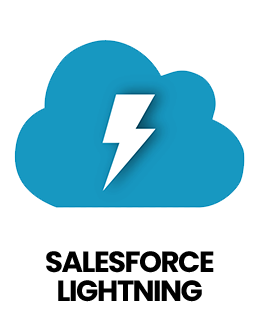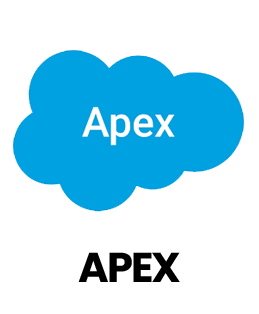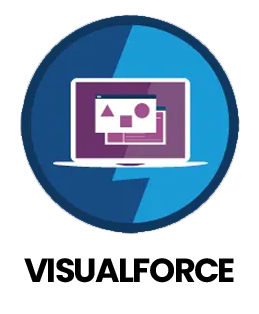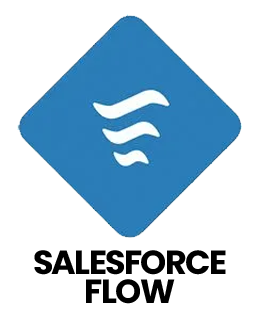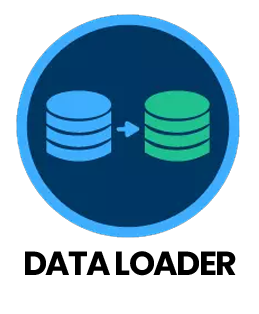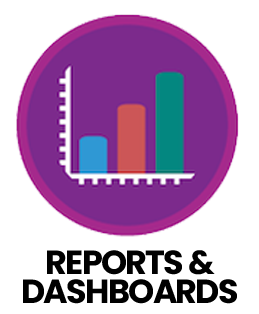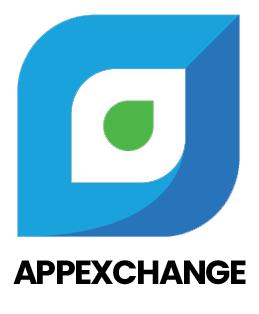1. What’s the difference between a Salesforce Admin and a Salesforce Developer?
Ans:
A Salesforce Admin manages the platform by configuring workflows, objects, reports, and user permissions without coding. A Developer writes code using Apex, Visualforce, and Lightning Web Components to build custom applications and advanced functionality. Admins focus on configuration and usability, while Developers handle coding and complex customizations.
2. How do you gather business requirements for Salesforce?
Ans:
Requirements are collected through interviews, workshops, surveys, and analyzing existing processes. This ensures Salesforce is configured correctly, reduces unnecessary customization, and aligns the system with company goals. Clear requirements help improve adoption and system effectiveness.
3. What are some best practices for Salesforce implementation?
Ans:
Keep data clean, use declarative tools like Flows and Process Builder instead of excessive coding, follow consistent naming conventions, create scalable reports and dashboards, and test everything in a sandbox before deploying. These practices improve efficiency and reliability.
4. Which tools are used for Salesforce admin and development tasks?
Ans:
Common tools include Lightning App Builder for UI, Flow Builder for automation, Apex and Visualforce for custom coding, Reports & Dashboards for analytics, Data Loader for importing/exporting data, and Salesforce CLI with VS Code for development and deployment.
5. Why is data security critical in Salesforce?
Ans:
Data security protects sensitive business information and ensures users have appropriate access. Salesforce uses profiles, roles, permission sets, sharing rules, and field-level security. Proper security maintains compliance, prevents unauthorized access, and builds trust with clients.
6. How are Salesforce Objects created and used?
Ans:
Objects represent business entities like Leads, Accounts, or Products. Standard Objects cover common data, while Custom Objects meet unique requirements. They contain fields, relationships, and validation rules, and are used in workflows, reports, and dashboards to organize and manage data.
7. What’s the process to complete a Salesforce project?
Ans:
It starts with requirement analysis, followed by system design including objects, workflows, and security. Then configuration and development are done, automation is implemented, and testing is carried out in sandbox. Finally, the system is deployed, users trained, and ongoing support is provided.
8. How do you handle feedback from multiple stakeholders?
Ans:
Document and categorize feedback by business impact, prioritize changes based on feasibility, and maintain clear communication. Involve stakeholders during UAT to ensure the solution meets business needs and expectations.
9. What are key Salesforce best practices?
Ans:
Use declarative tools first, maintain consistent naming conventions, avoid hardcoding in Apex, regularly clean data, and audit user permissions and security settings. These practices improve system reliability and maintainability.
10. How do you stay updated with Salesforce trends?
Ans:
Review release notes three times a year, complete Trailhead modules, attend webinars and Dreamforce, join community forums and user groups, and explore new AppExchange apps. This keeps skills and solutions current and effective.

